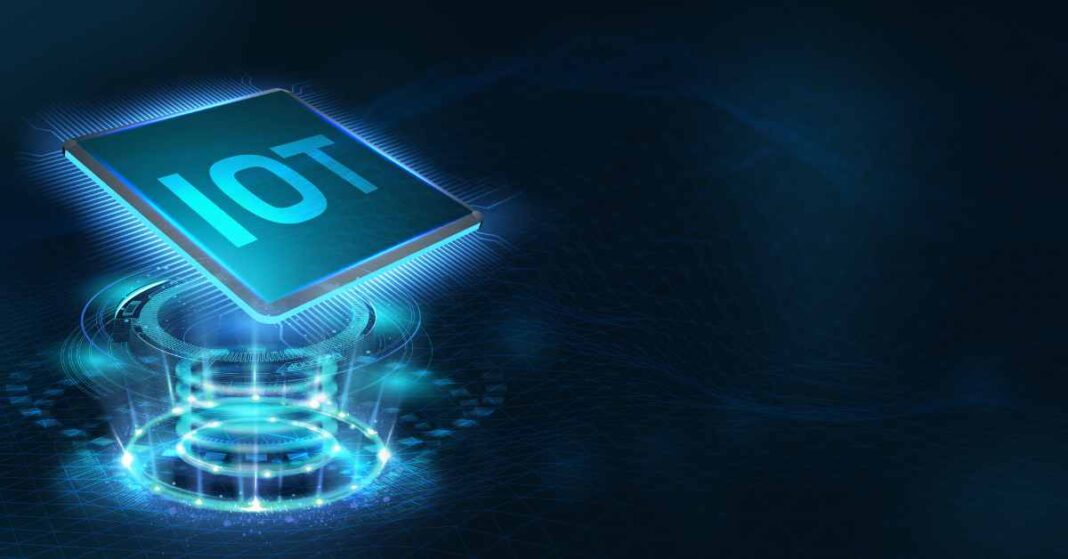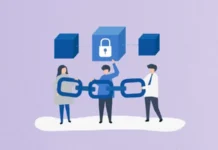The Internet of Things has become a daily reality, translating into more than 50,000 million devices connected to the Internet worldwide. The Internet of Things adds digital intelligence to devices, allowing them to communicate data in real-time without the need for humans. It is to merge the physical world with the digital one.
What is the Internet of Things?
Let’s define the Internet of Things or IoT (for its acronym in English, Internet of Things). We are talking about the interconnection of everyday objects through the Internet.
This sending and receiving of data, as the primary function of the IoT, aims to improve the quality of life of people and offer new opportunities in the security of the future, education, transport or health, among other strategic sectors.
How does the Internet of Things work?
We owe the term “Internet of Things” to Kevin Ashton, the first person to use it at the Auto-ID Center at the Massachusetts Institute of Technology (MIT), where network radiofrequency was being researched then.
Starting from the idea that the Internet of Things is a network of connected objects using the Internet, it must be taken into account that these smart devices use embedded systems, or what is the same, hardware capable of assuming highly specialized tasks.
The key to how the IoT works is remote operation. Each connected object has a specific IP that can receive instructions while being able to send the acquired data by contacting an external server.
IoT applications
The applications of the IoT are becoming more and more extensive. When evaluating them, there is the possibility of categorizing them into three branches of use: consumers, business and infrastructure, although the truth is that new applications are incorporated every day, giving rise to new business models.
Consumer Applications: More and more IoT devices are built for consumption. Among them, we can talk about connected health, connected cars, home automation or household appliances that use the Internet to allow remote monitoring of their processes within the smart home concept.
Business applications: IoT devices created to be used in a corporate or business environment do not stop growing, allowing them even to be given their name: business IoT. The Internet of Things can provide a company with, among other benefits: savings by reducing costs thanks to process automation, loyalty to customer service, and branding, as it reinforces the innovative positioning of the company. Company.
Media: The media mainly uses the Internet of Things to monitor and study consumer habits. Through behavioural segmentation, information is obtained from consumers that allows them to display advertising related to their practices.
Infrastructure management: A critical application of the IoT is the monitoring and control of infrastructure operations, such as bridges, wind farms, or railways.
Environmental control: Allows access from anywhere to information from atmospheric, seismic and meteorological sensors for study, prevention and action.
Farming: Smart farming allows farmers to increase productivity with less effort. Producers can monitor crop fields, automate the irrigation system, or know the amount of fertilizer used, among other functions.
Transportation: The Internet of Things makes it possible to offer solutions to multiple challenges in this area, allowing assistance in integrating communications and controlling and processing information from these systems.
Production: To centralize the control of the infrastructure, companies have assembly robots, temperature sensors, and manufacturing and production processes connected to the Internet.
Health and medicine: The Internet of Things allows functions such as remote monitoring of patients or the modernization of emergency notification systems. Even hospitals are developing new capabilities through “smart beds” that warn if a patient remains to lie down or tries to get up.
Intelligent traffic: Intelligent traffic and parking control allow, among other functions, greater vehicle control, increased security and roadside assistance or electronic toll collection, among other parts.
Industry: IoT applied to the industrial environment is called the Industrial Internet of Things or IIoT. It is mainly used to communicate data with the company to make the best business decisions.
Security: In terms of security, the concept of “IoT security” has begun to be developed. The growth of interconnected devices has been so high that the need to secure the data and stored information arises.
Smart Cities: Smart cities are made up of the interaction of elements connected in real-time via the Internet, which offers, among other things, improvements in environmental sustainability, the incentive of quality tourism or the optimization of mobility.
Advantages and benefits of the Internet of Things
The Internet of Things provides excellent business and user-level opportunities:
Increased efficiency: The processes of automation, monitoring and remote control of operations allow an increase in operational efficiency.
New business opportunities: information and data collection in real-time create new opportunities for traditional businesses, allowing them to offer new services.
Increased productivity: With the IoT, employees can increase their productivity by improving the decision-making process, making communications more effective and automating tasks.
Better customer experience: the Internet of Things makes it possible to offer customers personalized products and services, thus improving their experience.
Success stories in the application of IoT technologies
There are more and more companies that can consider that their application of technologies is a success story:
Securitas Direct: We have more than 150,000 cameras connected at Securitas Direct, generating 80 million videos daily. The Iot technology that we have implemented allows us to respond quickly to alarm signals and react in just 30 seconds to SOS messages and in 60 seconds to the intrusion of strangers into homes and businesses through perimeter sensors, photodetectors, and motion detectors. Opening.
The My Verisure system combines wireless technology with an application and a control panel that keep customers in touch with their home or business from wherever they are. In this sense, Securitas Direct is a pioneer in Spain in innovative projects in areas such as the smart home.
Disney: In its Orlando park, connected bracelets are offered that allow quick payment, direct access to the attractions, direct reception of the photos that the family takes in the interests or the temporary location of the children in case they are lost.
Bayer: This pharmaceutical company is committed to intelligent agriculture, offering producers field monitoring through smart drones to locate plots with better production opportunities.
Whatever the sector to which we apply the advantages of the Internet of Things, the future of this discipline is unstoppable. Estimates suggest that by 2025 we will have far exceeded more than one billion connected devices. This fact will benefit both individuals and business sectors.














